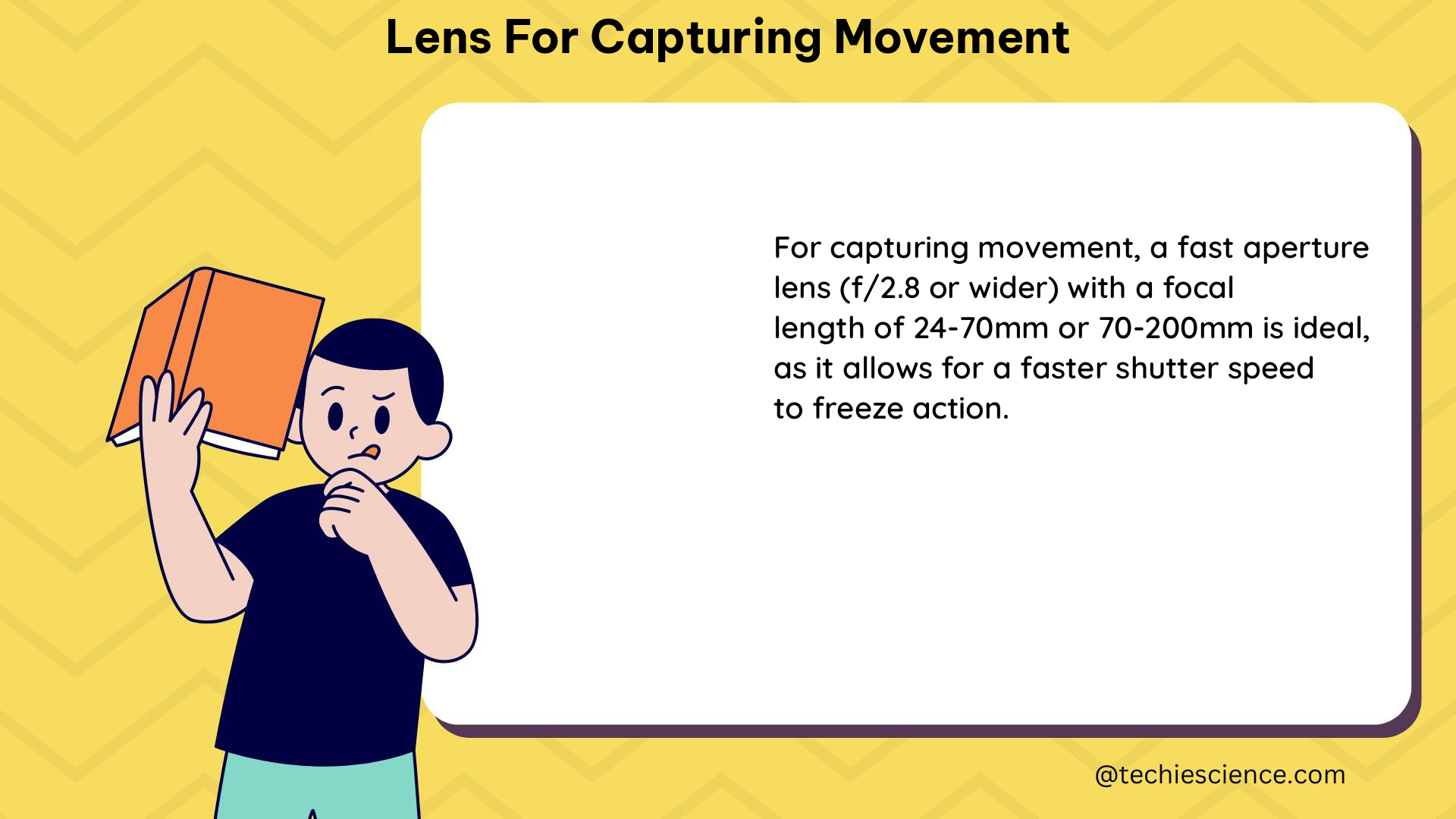Capturing movement effectively is a critical aspect of photography, particularly in the context of scientific and technical applications. When it comes to choosing the right lens for capturing movement, there are several key factors to consider, including sharpness, resolution, sensor size, aperture, shutter speed, autofocus, image stabilization, and lens aberrations. In this comprehensive guide, we’ll dive deep into the technical details and provide you with a playbook for selecting the perfect lens for your movement-capturing needs.
Sharpness and Resolution
The sharpness and resolution of a lens are crucial for capturing detailed movement. Sharpness is often measured using Modulation Transfer Function (MTF) curves, which show how well a lens can reproduce fine details at various points across the image. The MTF formula is:
MTF(f) = (1/√(2π)) ∫[exp(-t²/2)cos(2πft)dt]
where f is the spatial frequency and t is the spatial coordinate. High-resolution lenses can capture more detailed movement, making them ideal for scientific applications. A typical MTF curve might show the contrast transfer function (CTF) at 10, 20, and 40 line pairs per millimeter (lp/mm), with the x-axis representing spatial frequency and the y-axis representing contrast.
Sensor Size

The size of the camera sensor can also impact the lens’s ability to capture movement. Larger sensors require less magnification to reproduce a given image size, which can result in less visible image noise and better depth of field. This can be particularly important in low-light conditions or when capturing fast-moving objects.
Aperture
The aperture of a lens, measured in f-stops, determines the amount of light that enters the camera. A larger aperture (a smaller f-stop number) allows more light to enter, which can be helpful when capturing fast-moving objects in low-light conditions. However, a larger aperture can also result in a shallower depth of field, which may not be desirable in all situations. The formula for depth of field is:
DOF = 2(Nu/M)c
where Nu is the lens f-number, M is the lens magnification, and c is the circle of confusion.
Shutter Speed
The shutter speed of the camera determines how long the sensor is exposed to light. Faster shutter speeds can freeze motion, while slower shutter speeds can create motion blur. Choosing the right shutter speed is critical for capturing movement accurately. The formula for shutter speed is:
t = 1/fps
where t is the shutter speed in seconds and fps is the frames per second.
Autofocus System
The autofocus system of the lens can also impact its ability to capture movement. Lenses with fast, accurate autofocus systems can help ensure that moving objects are sharp and in focus.
Image Stabilization
Image stabilization technology can help reduce camera shake and motion blur, particularly when using longer focal length lenses or when shooting in low light.
Lens Aberrations
Lens aberrations, such as chromatic aberration and distortion, can impact the quality of the image and the accuracy of movement capture. High-quality lenses are designed to minimize these aberrations.
To provide a concrete example, let’s consider the Hasselblad XCD 90mm lens. This lens has a maximum aperture of f/3.2, which allows for good light gathering capabilities. It also has an integral focus drive motor and manual focus override, which can help ensure accurate focus when capturing movement. The lens is also designed to minimize lens aberrations, which can help ensure accurate movement capture.
In terms of figures and data points, a typical depth of field chart might show the near and far limits of acceptable focus for a given lens at a given aperture and focus distance. A typical shutter speed chart might show the corresponding shutter speed for a given frames per second (fps) rate.
When it comes to values and measurements, MTF curves are typically measured using a variety of test charts, with the MTF values reported as a percentage. The depth of field is typically measured in units of distance, such as inches or centimeters, while shutter speed is typically measured in fractions of a second, such as 1/1000th of a second.
By understanding these key factors and applying the relevant physics formulas and numerical problems, you can make an informed decision when selecting a lens for capturing movement in your scientific or technical applications.
References:
- Hasselblad Lenses
- Quantitative Movement Analysis Using Single-camera Videos, Part 2
- High speed cameras for motion analysis in sports science

The lambdageeks.com Core SME Team is a group of experienced subject matter experts from diverse scientific and technical fields including Physics, Chemistry, Technology,Electronics & Electrical Engineering, Automotive, Mechanical Engineering. Our team collaborates to create high-quality, well-researched articles on a wide range of science and technology topics for the lambdageeks.com website.
All Our Senior SME are having more than 7 Years of experience in the respective fields . They are either Working Industry Professionals or assocaited With different Universities. Refer Our Authors Page to get to know About our Core SMEs.